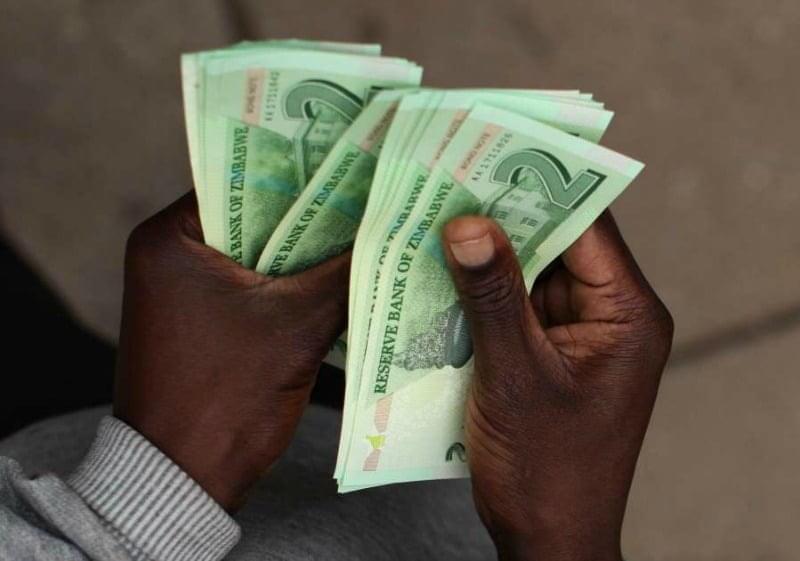There is a serious shortage of the Zimbabwe dollar in the economy which captains of industry and economists say will reduce production capacity and affect aggregate demand.
The liquidity squeeze follows recent fiscal and monetary policy measures to suck out liquidity in the market to stabilise the exchange rate and prices.
The Confederation of Zimbabwe Industries (CZI) president Kurai Matsheza told Business Times that the liquidity crunch has reduced production capacity and aggregate demand. He said:
There is a liquidity challenge in the economy and what the liquidity challenge does is depresses aggregate demand as there is no traffic in the shops and at the industries.
We are happy that things have stabilised but with this squeeze, we are failing to make payments for other services because there is no ZWL$ in the market and this has reduced our production capacity.
What it means is less cash in the markets, less product off-take so it means production will go down because companies can’t produce stock as they have no funds.
We, however, hope that this would be temporary and not a long-term solution so that business goes back to normal.
The Confederation of Zimbabwe Retailers (CZR) president Denford Mutashu said in the past two weeks there has been an increase in US dollar sales but the Zimbabwe dollar sales have significantly decreased.
Economist Gift Mugano said the government has stopped pumping money into the market resulting in a shortage of the local currency.
He added that this confirms the long-held belief that government is the biggest driver of inflation.
Due to the liquidity crunch, the Zimbabwe dollar significantly recovered this week and was trading at ZWL$5 739 to the USD at the Reserve Bank of Zimbabwe (RBZ) Wholesale Foreign Exchange Auction on Thursday, 29 June.
On Tuesday, the local currency firmed against the United States Dollar to ZWL$6 326, from ZWL$6 926 on 20 June.
Source Pindula News












